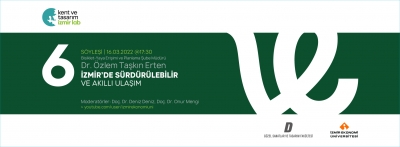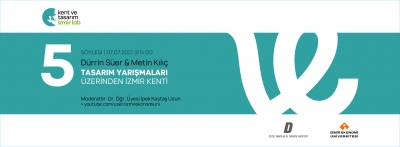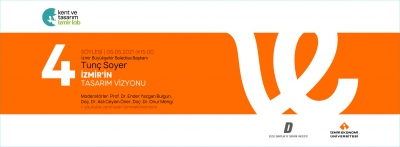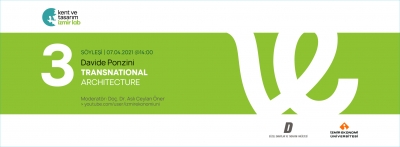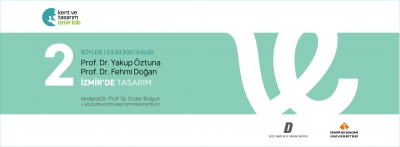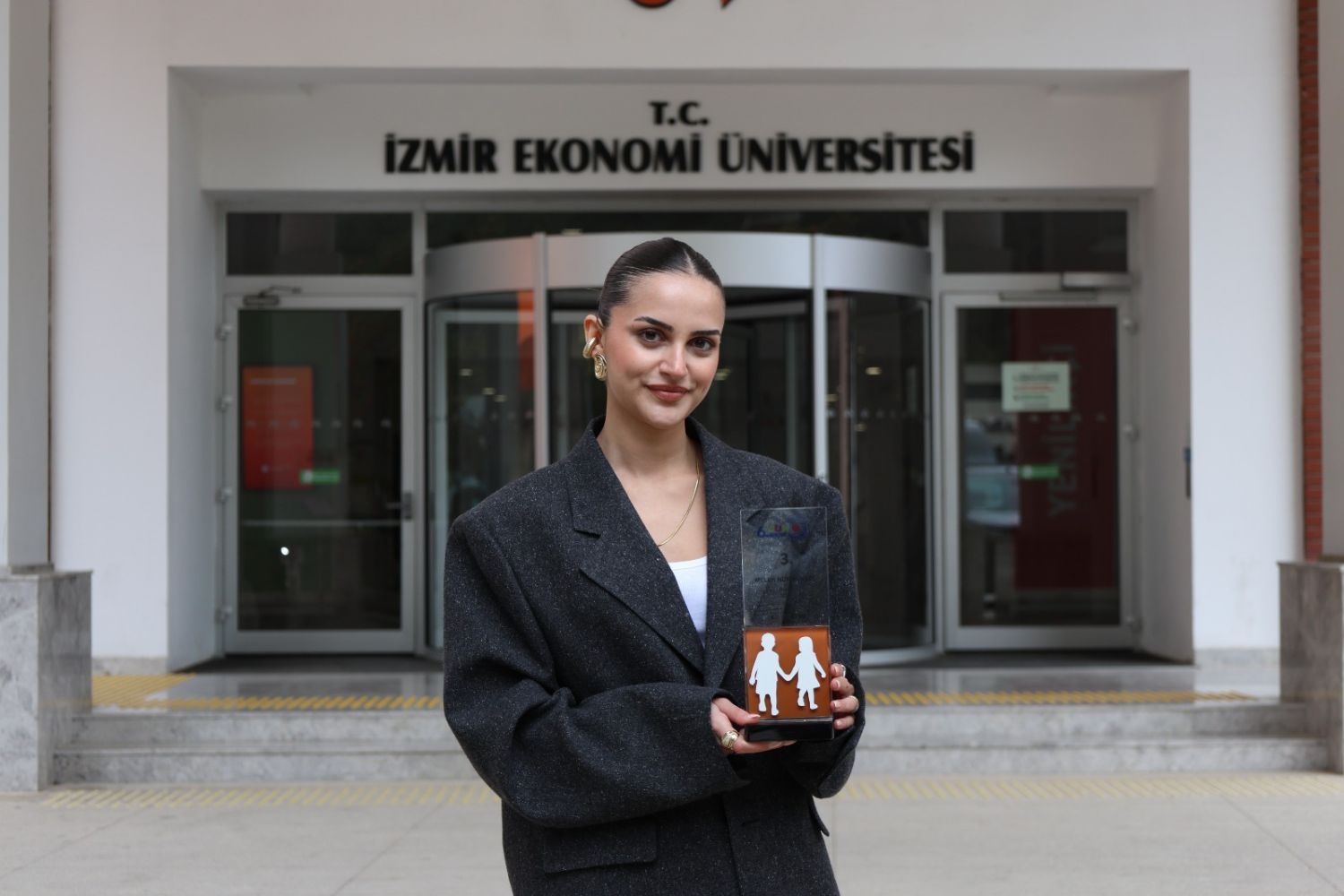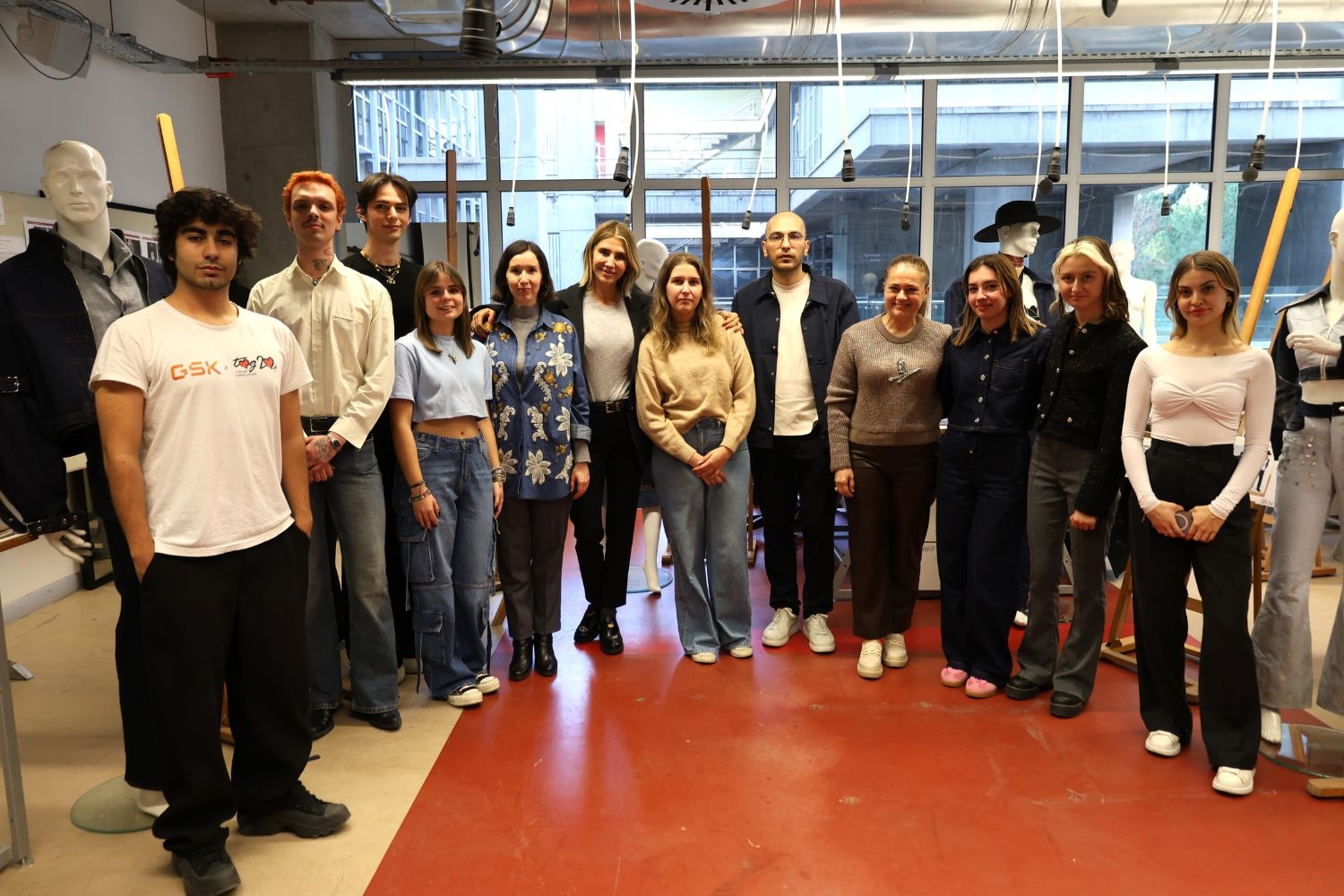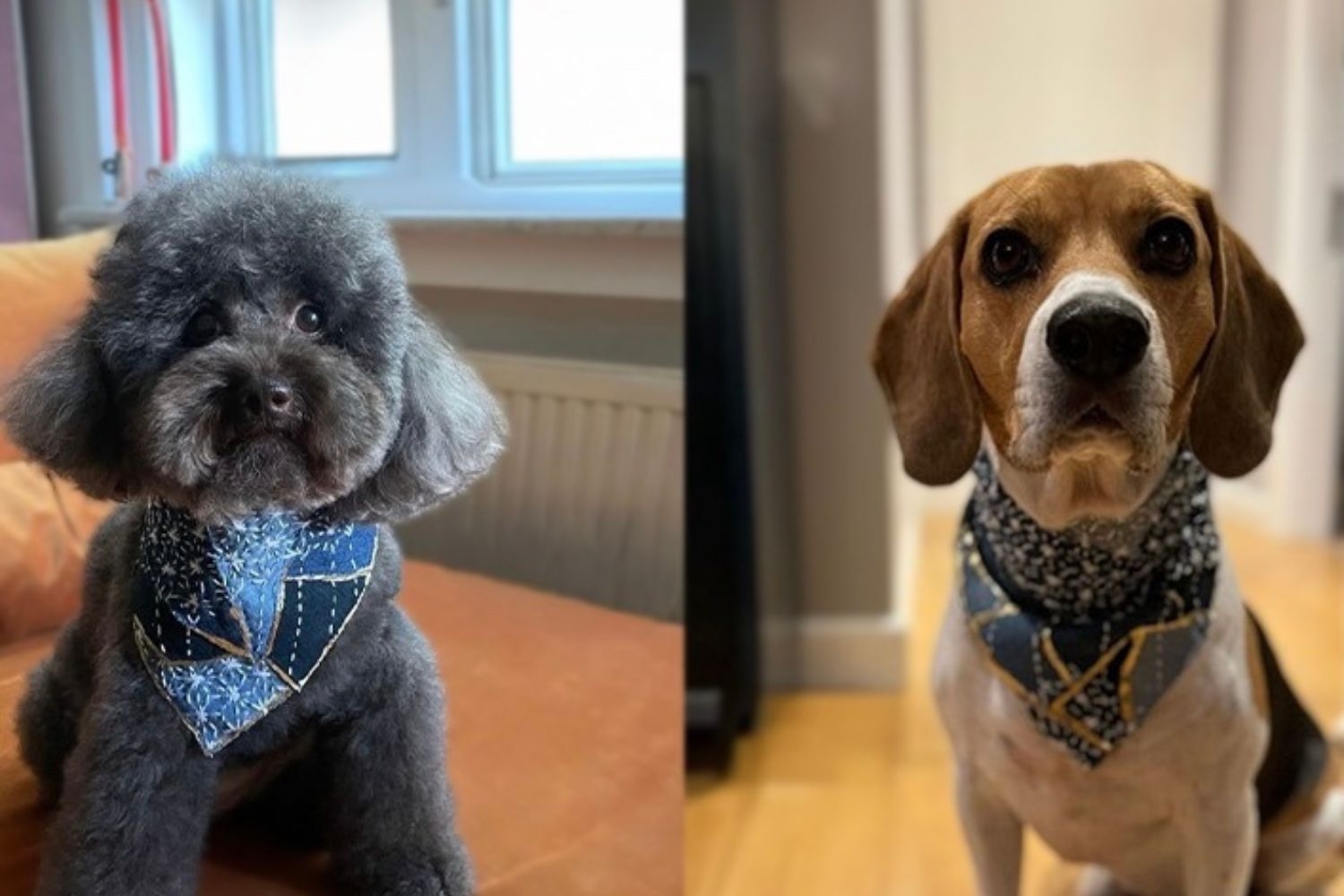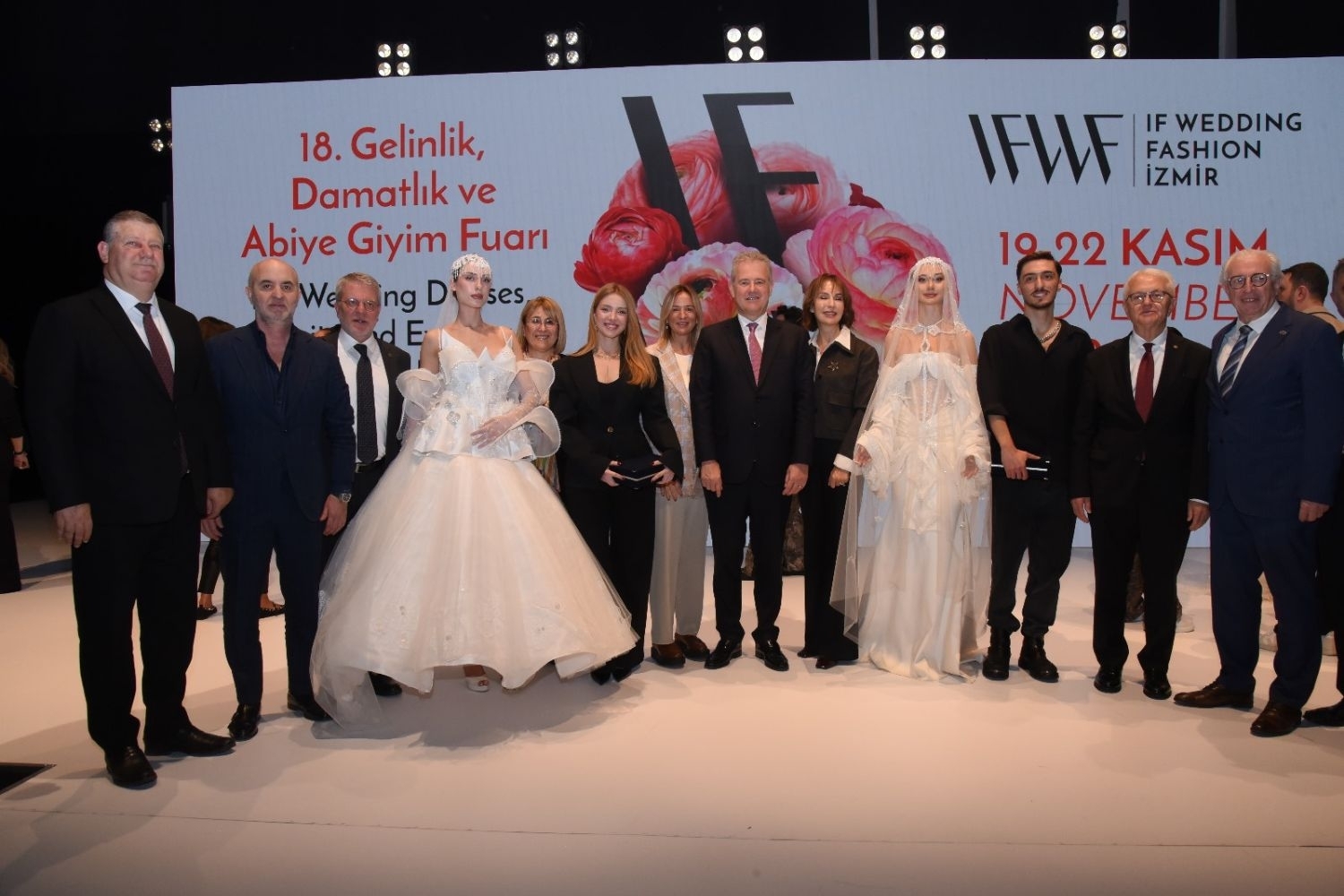FACULTY OF FINE ARTS AND DESIGN
Department of Textile and Fashion DesignFA 410 | Course Introduction and Application Information
| Course Name |
Design and Fabric Relation
|
|
Code
|
Semester
|
Theory
(hour/week) |
Application/Lab
(hour/week) |
Local Credits
|
ECTS
|
|
FA 410
|
Fall/Spring
|
2
|
2
|
3
|
4
|
| Prerequisites |
None
|
|||||
| Course Language |
English
|
|||||
| Course Type |
Elective
|
|||||
| Course Level |
First Cycle
|
|||||
| Mode of Delivery | face to face | |||||
| Teaching Methods and Techniques of the Course | Q&ACritical feedbackApplication: Experiment / Laboratory / WorkshopLecture / Presentation | |||||
| National Occupation Classification | - | |||||
| Course Coordinator | ||||||
| Course Lecturer(s) | ||||||
| Assistant(s) | - | |||||
| Course Objectives | The objective of this course is to introduce essential aspects of basic weaves and to weave fabric samples. |
| Learning Outcomes |
The students who succeeded in this course;
|
| Course Description | This course will provide essential knowledge to design basic woven fabrics. Moreover it will cover the preparation of a fabric swatch book consisted of designed fabrics. |
| Related Sustainable Development Goals |
|
|
|
Core Courses | |
| Major Area Courses | ||
| Supportive Courses |
X
|
|
| Media and Management Skills Courses | ||
| Transferable Skill Courses |
WEEKLY SUBJECTS AND RELATED PREPARATION STUDIES
| Week | Subjects | Related Preparation |
| 1 | Introduction | |
| 2 | Classifying textile fabrics Dying of cotton yarns. | Arthur Price- Allen C. Cohen, J.J.Pizzuto’s Fabric Science, USA 1994, Chapter 5 Hannelore Eberle-Hermann Hermeling-Marianne Hornberger-Dieter Menzer-Werner Ring, Clothing Technology (From fiber to Fashion), 1999 s.73-74. |
| 3 | Woven fabric manufacture, principle of weaving | Nuray Yılmaz, Elvan Anmaç (2000) Basit Yapılı Dokuma Örgüler, Dokuz Eylül Yayınları, İzmir 2000, p.8-10 Arthur Price- Allen C. Cohen, J.J.Pizzuto’s Fabric Science, USA 1994, Chapter 5 Hannelore Eberle-Hermann Hermeling-Marianne Hornberger-Dieter Menzer-Werner Ring, Clothing Technology (From fiber to Fashion), 1999 s.73-74. Hand loom |
| 4 | Drawing weaving layout: Plain weave and variations Weaving on a hand loom | Nuray Yılmaz, Elvan Anmaç (2000) Basit Yapılı Dokuma Örgüler, Dokuz Eylül Yayınları, İzmir 2000, p.26-27. Hannelore Eberle-Hermann Hermeling-Marianne Hornberger-Dieter Menzer-Werner Ring, Clothing Technology (From fiber to Fashion), 1999 s.74 |
| 5 | Weaving plain weave and variations Weaving on a hand loom | Nuray Yılmaz, Elvan Anmaç (2000) Basit Yapılı Dokuma Örgüler, Dokuz Eylül Yayınları, İzmir 2000, s.44-48. Hannelore Eberle-Hermann Hermeling-Marianne Hornberger-Dieter Menzer-Werner Ring, Clothing Technology (From fiber to Fashion), 1999 s.75 |
| 6 | Weaving plain weave and variations Weaving on a hand loom | Nuray Yılmaz, Elvan Anmaç (2000) Basit Yapılı Dokuma Örgüler, Dokuz Eylül Yayınları, İzmir 2000, p.44-48. Hannelore Eberle-Hermann Hermeling-Marianne Hornberger-Dieter Menzer-Werner Ring, Clothing Technology (From fiber to Fashion), 1999 s.75Hannelore Eberle-Hermann Hermeling-Marianne Hornberger-Dieter Menzer-Werner Ring, Clothing Technology (From fiber to Fashion), 1999 s.76 Hand loom |
| 7 | Drawing weaving layout: Twill weave and variations Weaving on a hand loom | Nuray Yılmaz, Elvan Anmaç (2000) Basit Yapılı Dokuma Örgüler, Dokuz Eylül Yayınları, İzmir 2000, s.28-34. Hannelore Eberle-Hermann Hermeling-Marianne Hornberger-Dieter Menzer-Werner Ring, Clothing Technology (From fiber to Fashion), 1999 s.77 |
| 8 | Weaving twill weave and variations Weaving on a hand loom | Nuray Yılmaz, Elvan Anmaç (2000) Basit Yapılı Dokuma Örgüler, Dokuz Eylül Yayınları, İzmir 2000, s.28-34, 60-78. Hannelore Eberle-Hermann Hermeling-Marianne Hornberger-Dieter Menzer-Werner Ring, Clothing Technology (From fiber to Fashion), 1999 s.77 |
| 9 | Midterm: Submission of fabric swatch book | |
| 10 | Plain weave: Warp and weft color variations | Nuray Yılmaz, Elvan Anmaç (2000) Basit Yapılı Dokuma Örgüler, Dokuz Eylül Yayınları, İzmir 2000, s.116-119. |
| 11 | Plain weave: Warp and weft color variations | Nuray Yılmaz, Elvan Anmaç (2000) Basit Yapılı Dokuma Örgüler, Dokuz Eylül Yayınları, İzmir 2000, s.120-121. |
| 12 | Twill weave: Warp and weft color variations | Nuray Yılmaz, Elvan Anmaç (2000) Basit Yapılı Dokuma Örgüler, Dokuz Eylül Yayınları, İzmir 2000, s.122-125. |
| 13 | Twill weave: Warp and weft color variations | Nuray Yılmaz, Elvan Anmaç (2000) Basit Yapılı Dokuma Örgüler, Dokuz Eylül Yayınları, İzmir 2000, s.122-125. |
| 14 | Preparation of final project swatch book | |
| 15 | Semester Review | |
| 16 | Review of the Semester |
| Course Notes/Textbooks | Nuray Yılmaz, Elvan Anmaç (2000) Basit Yapılı Dokuma Örgüler, Dokuz Eylül Yayınları, İzmir 2000, ISBN 975-6981-27-X |
| Suggested Readings/Materials | Arthur Price- Allen C. Cohen (1994) J.J.Pizzuto’s Fabric Science, USA 1994, 515S. ISBN 1-56367-004-6 Hannelore Eberle-Hermann Hermeling-Marianne Hornberger-Dieter Menzer-Werner Ring, Clothing Technology (From fiber to Fashion), 1999. ISBN 978-3-8085-6225-3 |
EVALUATION SYSTEM
| Semester Activities | Number | Weigthing |
| Participation | ||
| Laboratory / Application | ||
| Field Work | ||
| Quizzes / Studio Critiques |
1
|
10
|
| Portfolio |
1
|
40
|
| Homework / Assignments | ||
| Presentation / Jury |
1
|
20
|
| Project |
1
|
30
|
| Seminar / Workshop | ||
| Oral Exams | ||
| Midterm | ||
| Final Exam | ||
| Total |
| Weighting of Semester Activities on the Final Grade |
4
|
100
|
| Weighting of End-of-Semester Activities on the Final Grade | ||
| Total |
ECTS / WORKLOAD TABLE
| Semester Activities | Number | Duration (Hours) | Workload |
|---|---|---|---|
| Theoretical Course Hours (Including exam week: 16 x total hours) |
16
|
2
|
32
|
| Laboratory / Application Hours (Including exam week: '.16.' x total hours) |
16
|
2
|
32
|
| Study Hours Out of Class |
14
|
1
|
14
|
| Field Work |
0
|
||
| Quizzes / Studio Critiques |
1
|
5
|
5
|
| Portfolio |
1
|
15
|
15
|
| Homework / Assignments |
0
|
||
| Presentation / Jury |
1
|
10
|
10
|
| Project |
1
|
12
|
12
|
| Seminar / Workshop |
0
|
||
| Oral Exam |
0
|
||
| Midterms |
0
|
||
| Final Exam |
0
|
||
| Total |
120
|
COURSE LEARNING OUTCOMES AND PROGRAM QUALIFICATIONS RELATIONSHIP
|
#
|
Program Competencies/Outcomes |
* Contribution Level
|
|||||
|
1
|
2
|
3
|
4
|
5
|
|||
| 1 |
To be able to develop and design a collection independently. |
-
|
-
|
X
|
-
|
-
|
|
| 2 |
To be able to do maintain a design research individually or as a team. |
-
|
X
|
-
|
-
|
-
|
|
| 3 |
To be able to develop entrepreneurship- and managerial skills for a future professional practice. |
-
|
-
|
-
|
-
|
-
|
|
| 4 |
To be able to understand, interpret and apply theoretical knowledge in fashion and textile design. |
-
|
-
|
X
|
-
|
-
|
|
| 5 |
To be able to analyze and integrate the particular local and regional needs and of their profession. |
-
|
-
|
-
|
-
|
-
|
|
| 6 |
To be able to obtain a multidisciplinary point of view, follow and analyze the new issues, changes and trends in contemporary design and art in such a way that they can be integrated into design practice. |
-
|
X
|
-
|
-
|
-
|
|
| 7 |
To be able to apply industrial requirements, knowledge of material & usage and know-how knowledge in the creation of high quality fashion products. |
-
|
-
|
-
|
-
|
-
|
|
| 8 |
To be able to use digital information and communication technologies at a level that is adequate to the discipline of fashion and textile design. |
-
|
-
|
-
|
-
|
-
|
|
| 9 |
To be able to develop an ongoing analytical and professional approach to academic and design research. |
-
|
-
|
-
|
-
|
-
|
|
| 10 |
To be able to recognize the need and importance of a personal lifelong learning attitude towards their chosen area of interest. |
-
|
-
|
-
|
-
|
-
|
|
| 11 |
To be able to collect data in the areas of fashion and textile design and communicate with colleagues in a foreign language ("European Language Portfolio Global Scale", Level B1). |
-
|
-
|
-
|
-
|
-
|
|
| 12 |
To be able to speak a second foreign at a medium level of fluency efficiently. |
-
|
-
|
-
|
-
|
-
|
|
| 13 |
To be able to relate the knowledge accumulated throughout the human history to their field of expertise. |
-
|
-
|
-
|
-
|
-
|
|
*1 Lowest, 2 Low, 3 Average, 4 High, 5 Highest
NEWSALL NEWS

IZMIR UNIVERSITY OF ECONOMICS GÜZELBAHÇE CAMPUS
DetailsGLOBAL CAREER
As Izmir University of Economics transforms into a world-class university, it also raises successful young people with global competence.
More..CONTRIBUTION TO SCIENCE
Izmir University of Economics produces qualified knowledge and competent technologies.
More..VALUING PEOPLE
Izmir University of Economics sees producing social benefit as its reason for existence.
More..










